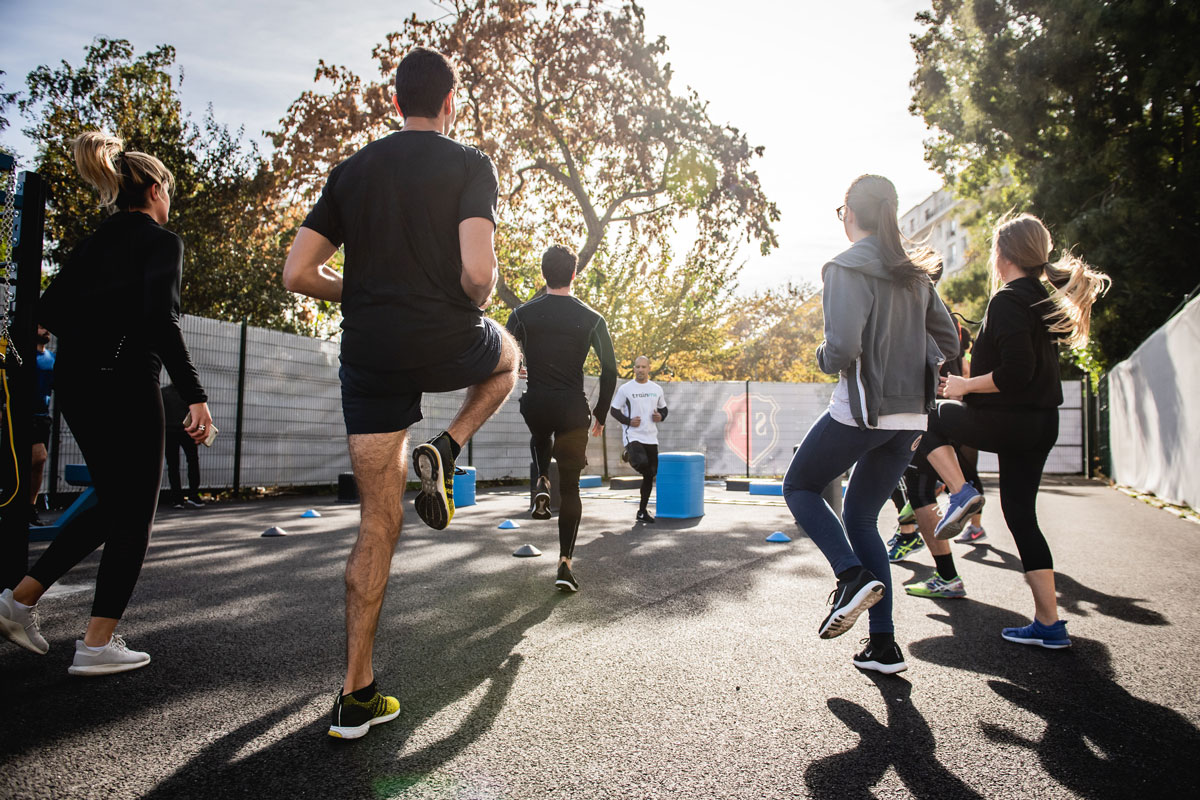 |
| Tear volume seems to increase after vigorous physical activity, potentially reducing dry eye signs and symptoms. Photo: Getty Images. |
It’s known that dry eye disease (DED) affects quality of life for a wide swath of the population. While countless studies have been conducted on this condition, physical activity/exercise and its relationship to DED are relatively unexplored. In a new meta-analysis, researchers aimed to investigate the association and found that physical activity or exercise programs helped relieve symptoms.
A total of 16 papers were included. In eight, the changes in tear film volume, osmolarity and/or biochemical composition were studied after a single, acute bout of aerobic exercise. In the other eight, changes in dry eye–associated symptoms were studied in relation to the habitual practice of physical activity or to prescribed exercise programs.
Except for one study that was performed in children, the rest included adults between the ages of 20 and 70, along with a small number of people over the age of 70. Exercise varied and consisted of running on a treadmill, pedaling a indoor cycling and running on a field track.
Acute responses of the tear film to exercise included:
- Increased tear volume, without an increase in tear breakup time (TBUT).
- Increased tear osmolarity, still within its physiological range.
- Reduced concentration of several cytokines and other molecular markers of inflammation or oxidative stress.
Long-term exposure to physical activity or exercise programs was associated with relief of DED symptoms and increased TBUT. Healthy individuals exposed to a desiccating environment had increased frequency and severity, the authors noted, which was abolished after the individuals engaged in a session of maximal intensity exercise.
Regarding the acute effect of exercise on tear volume, a recent paper showed that a maximal intensity exercise session increased tear volume solely in trained individuals.
“Additionally, other indicators of tear volume, such as lower tear meniscus volume and area, transiently increased 10 minutes after performing exercise at an intensity between 60% and 80% of the maximal heart rate and returned to baseline levels 10 minutes afterwards in healthy individuals,” the authors noted in their paper for Contact Lens & Anterior Eye. “Similarly, in young individuals diagnosed with DED, a transient increase of tear volume at the end of an exercise session, which returned to baseline within 30 minutes, has been reported. In contrast, other authors found that the exercise performed by healthy individuals in a controlled dry environment (25°C, 20% relative humidity) had no effect on tear volume when compared with tear volume at rest, either under the same controlled environmental conditions or under conventional laboratory conditions.”
Concerning tear film osmolarity, one study found it to increase after a maximal aerobic exercise session. A detailed analysis of this work showed that in well-trained individuals this response was absent, restricted to individuals with low values of maximal oxygen uptake.
“The change in tear osmolarity after the maximal exercise bout was negatively correlated to maximal oxygen uptake,” the authors wrote. “Similarly, an intervention consisting of two consecutive exercise intensities showed that tear film osmolarity is increased after a first session (five minutes at an intensity between 30% and 50% of the heart rate reserve, i.e., a low to moderate intensity exercise), regardless of whether subjects had their eyes open or closed. Tear film osmolarity remained elevated after a second session of exercise (five minutes at an intensity between 50% and 70% of the heart rate reserve, i.e., at vigorous intensity).”
There was a higher osmolarity increase in women than in men that was partly affected by the blinking rate. “In another paper where two repetitions of exercise at 70% of heart rate reserve were performed only by men, tear film osmolarity increased after the exercise protocol, and this response was partly blocked by the administration of inhaled 95% and 99.5% oxygen between the two exercise steps,” the authors explained.
Tear film stability, estimated by TBUT, increased after a maximal exercise session in both trained and non-trained individuals, although values were significantly higher in athletes, the authors noted. “Similarly, in individuals affected by DED, exercise prolonged TBUT. Nevertheless, the absence of changes in TBUT after exercise has also been reported,” they concluded.
Navarro-Lopez S, Ramon MM, Gallar J, et al. Effects of physical activity/exercise on tear film characteristics and dry eye associated symptoms: a literature review. Cont Lens Ant Eye. May 1, 2023. [Epub ahead of print]. |

